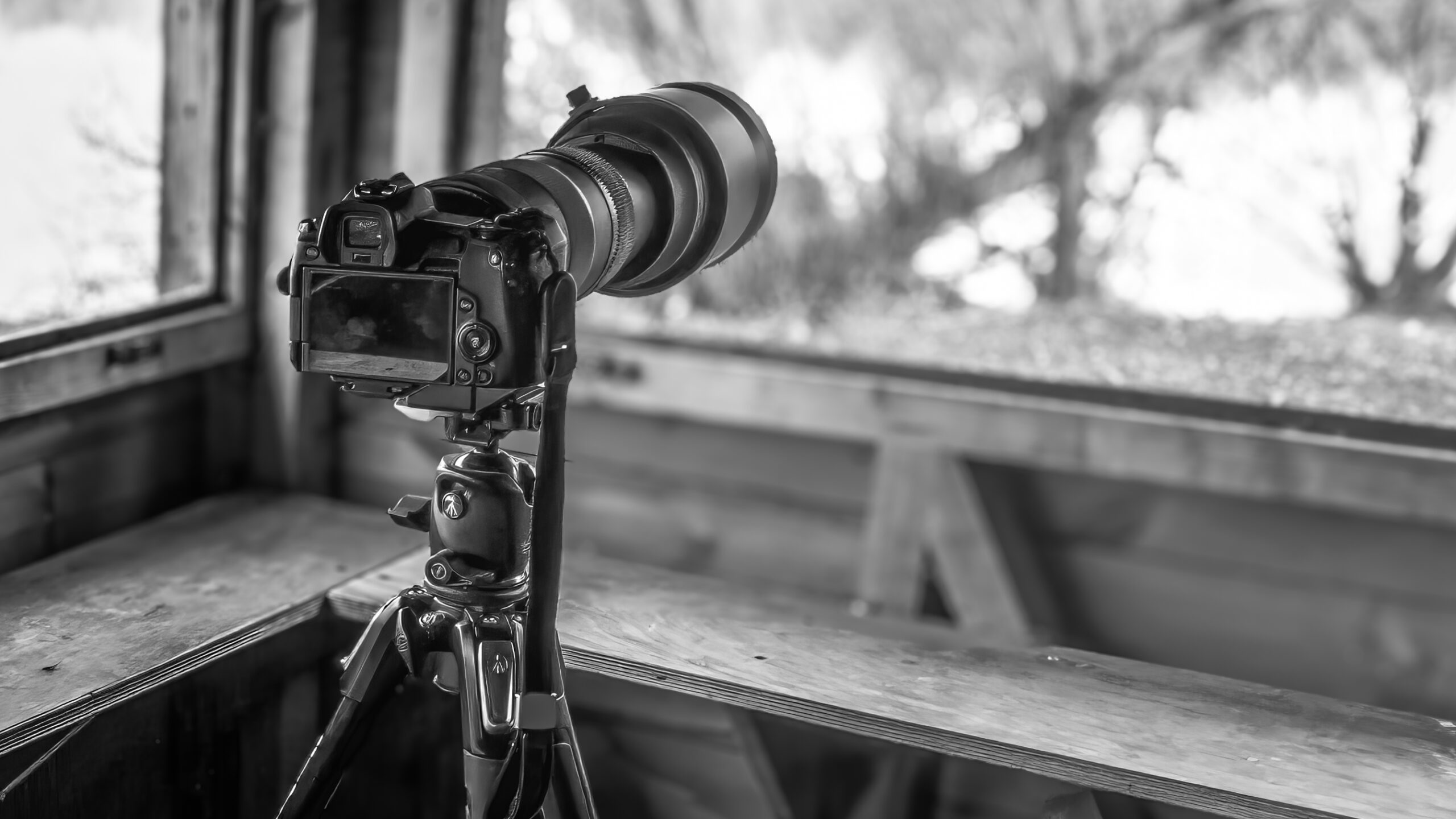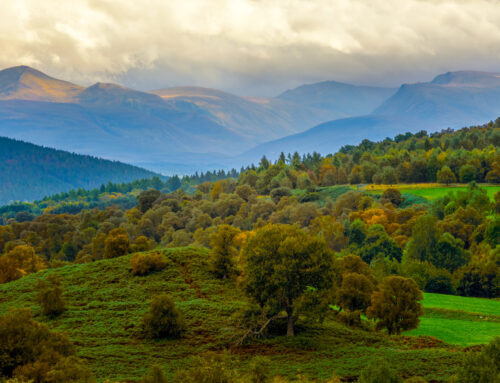PHOTOGRAPHY ADVICE FOR YOU!
Most of all, you should always have fun with your photography, but here is some important photography advice that I would give to any photographer starting out on their journey to getting better photographs:
- Use natural lighting: Whenever possible, try to shoot in natural light. It produces more flattering and vibrant images compared to artificial lighting.
- Rule of thirds: Instead of centering your subject, try placing them off-center using the rule of thirds. This creates a more visually interesting composition.
- Experiment with different angles: Don’t be afraid to get low or high to capture unique perspectives. Changing your shooting angle can add depth and creativity to your photos.
- Pay attention to the background: Before taking a shot, check the background for any distracting elements. A clutter-free background helps keep the focus on your subject.
- Practice composition techniques: Learn and apply composition techniques like leading lines, framing, and symmetry to create visually compelling images.
- Shoot in RAW format: If your camera allows it, shoot in RAW format instead of JPEG. RAW files contain more information and give you more flexibility in post-processing.
- Don’t rely solely on autofocus: While autofocus is convenient, it’s not always accurate. Learn to use manual focus to ensure your subject is sharp and in focus.
- Experiment with different settings: Don’t hesitate to explore different camera settings like aperture, shutter speed, and ISO to achieve the desired effect in your photos.
Remember, practice makes perfect! Keep experimenting, learning, and honing your photography skills to capture stunning images.
DON’T TAKE A PHOTOGRAPH, MAKE IT!
Photography is not just about capturing what is in front of you; it is about creating something unique and meaningful. Here are some tips to transform your photography from simply taking a picture to making a work of art:
- Find your vision: Instead of aimlessly snapping photos, take a moment to think about what story or emotion you want to convey through your image. Have a clear vision in mind before you press the shutter button.
- Plan your shots: Rather than relying solely on luck, plan your shots in advance. Scout locations, research lighting conditions, and envision the composition you want to achieve. Preparation helps you capture the perfect moment.
- Embrace creativity: Don’t be afraid to think outside the box and try unconventional techniques. Experiment with different angles, perspectives, and compositions to add depth and intrigue to your photographs.
- Master the art of light: Light is the essence of photography. Learn to manipulate light to create the desired mood and atmosphere in your images. Understand how different lighting conditions can dramatically transform your subjects.
- Pay attention to details: Great photographs are often distinguished by their attention to detail. Look for interesting textures, patterns, or small elements that can elevate your image from ordinary to extraordinary.
- Tell a story: Use your photographs to tell a compelling story or evoke strong emotions. Consider the narrative and the message you want to convey through your work. A powerful story behind an image can make it truly impactful.
- Edit with purpose: Post-processing is an integral part of digital photography. Use editing tools to enhance your images and bring out their full potential. However, be mindful not to overdo it. Editing should complement your vision, not overpower it.
- Be patient and persistent: Great photographs rarely happen by chance. Be patient and willing to put in the time and effort to capture the perfect shot. Keep practicing, learning, and refining your skills to continuously improve your photography.
Remember, photography is an art form that allows you to express yourself and share your unique perspective with the world. So, don’t just take a photograph – make it a reflection of your creativity, passion, and vision.
Happy shooting!
“When words become unclear, I shall focus with photographs. When images become inadequate, I shall be content with silence.”




